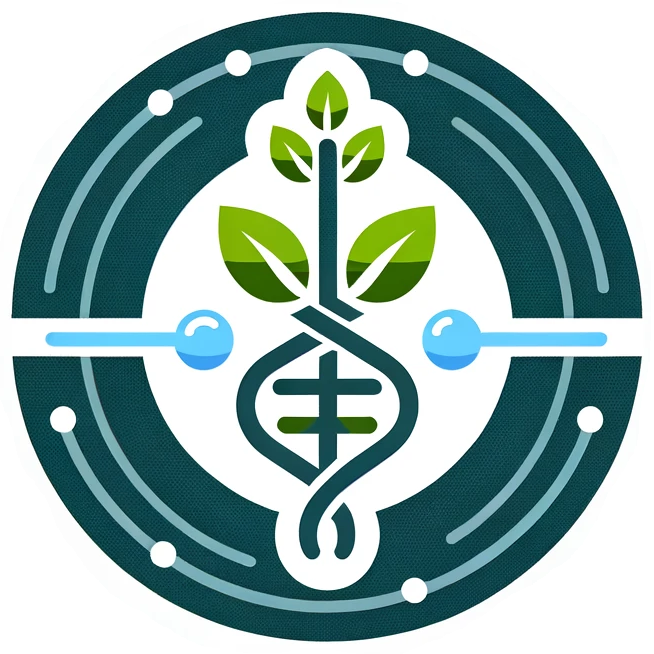To qualify, one must be an enrolled student in grade 1 – 12. Legal guardians should ensure they allocate sufficient time to be with their children during scientific experiments.
All services are offered at no cost. Our mentors, primarily scientists, engineers, and clinical doctors from Silicon Valley CA, generously volunteer their time to foster the next generation in the STEM field.
Through a multifaceted approach, we aim to equip students with the skills needed to navigate the complexities of scientific inquiry, conservation efforts, and environmental stewardship. By this program, we cultivate a passion for natural science and prepare students for impactful roles as scientists or naturalists.

This is a publication-oriented program. Submit your draft proposal to discuss with real-world scientists.
A valid proposal should include the following aspects:
- Title Page: This includes the title of your project, your name, the name of your school, and the date.
- Abstract: A brief summary of the proposal, including the research question, methodology, results (if any at this stage), and conclusions. The abstract should be concise, usually not more than 250 words.
- Introduction: This section introduces the background of the study, including the research question or hypothesis. It provides context for your research, why it’s important, and what it aims to contribute to the field.
- Literature Review: Here, you review existing studies and publications relevant to your research question. The purpose is to show what is already known, how your work fits into the existing body of knowledge, and how it will contribute to further understanding of the topic.
- Research Question or Hypothesis: Clearly state the question you are investigating or the hypothesis you are testing. This should be specific, measurable, and attainable.
- Methodology: Describe the methods you will use to conduct your research. This includes the experimental design, materials and equipment, procedures, and how data will be collected and analyzed. It should be detailed enough that someone else could replicate your study.
- Expected Results: Discuss the outcomes you anticipate from your research. This section can include hypotheses about what the data might reveal.
- References: List all the sources you cited in your proposal.
- Budget (up to $5,000 can be provided by this program): Detail any costs associated with your project, including materials, and equipment.
- Timeline: Provide an estimated timeline for your project, including key milestones and when you expect to complete significant parts of the research.
Send to info@futurenaturalists.org
What we provide:
1. Educational Support
- Engage students with curated learning resources, workshops, and seminars led by seasoned professionals.
- Foster a dynamic learning environment that stimulates curiosity and critical thinking.
2. Hands-On Experiences
- Provide opportunities for students to participate in hands-on experiments, fieldwork, and research projects.
- Forge collaborations with research institutions to offer internships and practical experiences.
3. Mentorship
- Pair students with experienced mentors who can provide guidance, share insights, and offer career advice.
- Encourage peer mentorship to create a supportive community among aspiring scientists.
4. Resource Accessibility
- Advocate for access to cutting-edge technologies and resources to enhance learning and research capabilities.
- Alleviate financial barriers by securing funding and establishing scholarships for higher education in natural science.
5. Advocacy and Outreach
- Raise awareness about the importance of natural science education and its role in addressing global challenges.
- Collaborate with educational institutions to integrate natural science into curricula and community outreach programs.
“An experiment is a question which science poses to Nature, and a measurement is the recording of Nature’s answer.” – MAX PLANCK –
